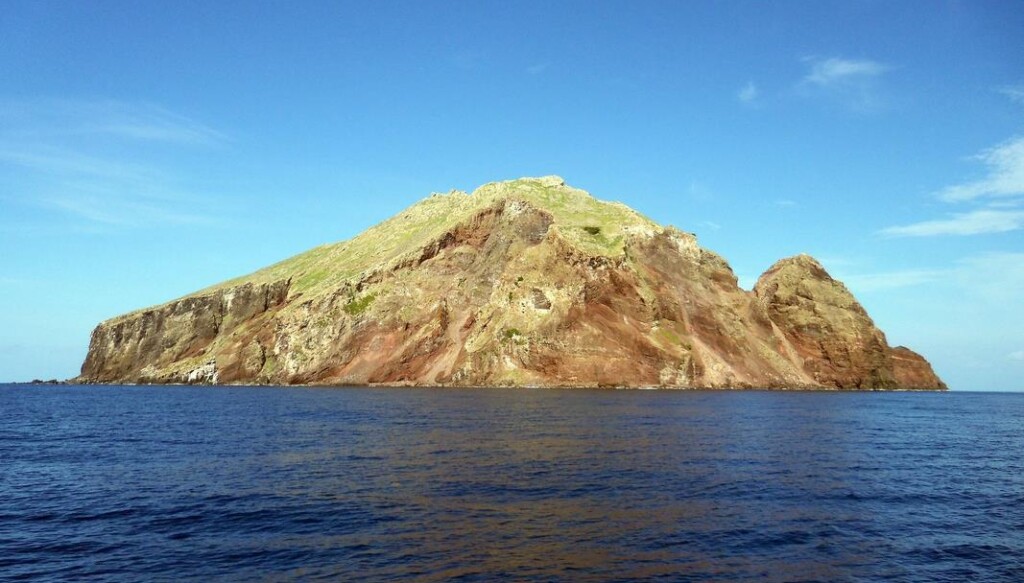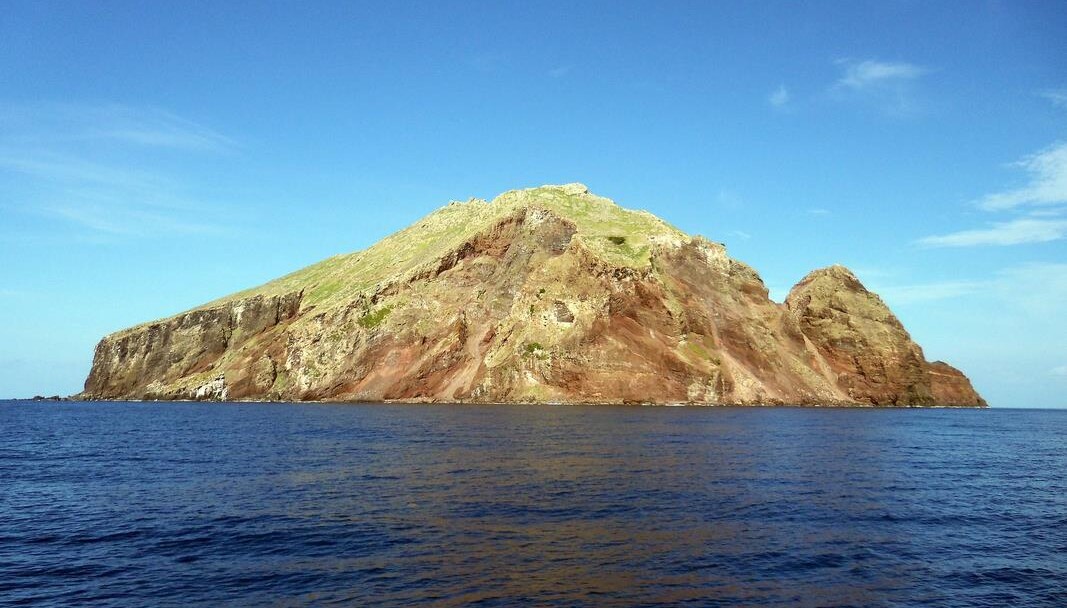
Redonda, a Caribbean island of small repute, has undergone a dramatic transformation from a barren wasteland of goats and rats, to a pristine, re-wilded nesting spot for many seabirds and endangered plants.
It’s one of many remote islands around the world’s seas that, with a helping hand, have rid themselves of invasive animals and plants and returned to supporting the land, water, and air around them.
In 2020, World at Large reported that whereas many of the Aichi global targets for protecting biodiversity had failed by their deadline, one—the eradication of invasive species on small islands—was a resounding success.
At the time, the project in Redonda had already succeeded, and local NGOs were advocating for its designation as a nature reserve.
Remaining isolated for hundreds of years after being revealed by Columbus, Redonda became a hotspot for the collection of guano, or bird droppings, for use in fertilizing fields and producing gunpowder.
But along with man came domesticated animals—goats and rats in Redonda’s case. The rats ate nesting booby and frigatebird eggs while the goats cleared the small island of vegetation. Without the foliage, nothing held the soil and rock together, and soon the edges of Redonda began to crumble into the sea, choking the life from the bottom of the marine food web.
With the cliff nests destroyed, and the uplands haunted by rats, the birds left. The vegetation couldn’t grow back, and the goats began to starve to death. Redonda was a whistling wasteland.
In 2016, Antigua and Barbuda, the archipelago nation that owns Redonda, launched an eradication campaign that cleared the island of rats. After that, they simply waited.
“That’s all we did. We just removed the species that were not supposed to be there and within months we saw the vegetation growing back – the island rebounding,” said Johnella Bradshaw, Redonda program coordinator for the Environmental Awareness Group (EAG), an Antiguan NGO leading the project.
“Up to this date, we haven’t planted anything, we haven’t reintroduced any species. We just removed the rats and the goats, and the island transformed right in front of our eyes,” she told CNN.
MORE ISLAND CONSERVATION SUCCESSES: Island is Wonderland for Penguins Once Again After Dog Helps Eradicate 300,000 Invasive Rabbits
Happily, the 60 goats that were left on the mile-long island were spared, and instead rounded up by hand (since they were very easy to spot on an island without a single bush or tree) and relocated to the mainland.
After that, a team camped out on the island for two straight months trapping and poisoning rats; 6,000 of which were found on the island, so many that the workers could hear them scurrying around their tents at night.
MORE ISLAND CONSERVATION SUCCESSES: Island Paradise Declared Rat-Free After Massive Volunteer Eradication Campaign
There have been no recorded rats on the island since 2018, allowing 15 species of sea birds to return and for the Redonda green dragon—a beautiful native lizard, to grow in population by 1,300%. Native vegetation too has experienced a 20-fold recovery, including tree species like Ficus.
All this charged the Antiguan government to create the Redonda Ecosystem Reserve which will cover 30,000 hectares of land and sea, including the tiny isle, its surrounding seagrass meadows, and a 180 square-kilometer (69 square-mile) coral reef.
SHARE This Inspiring Island Conservation With Your Friends…




















